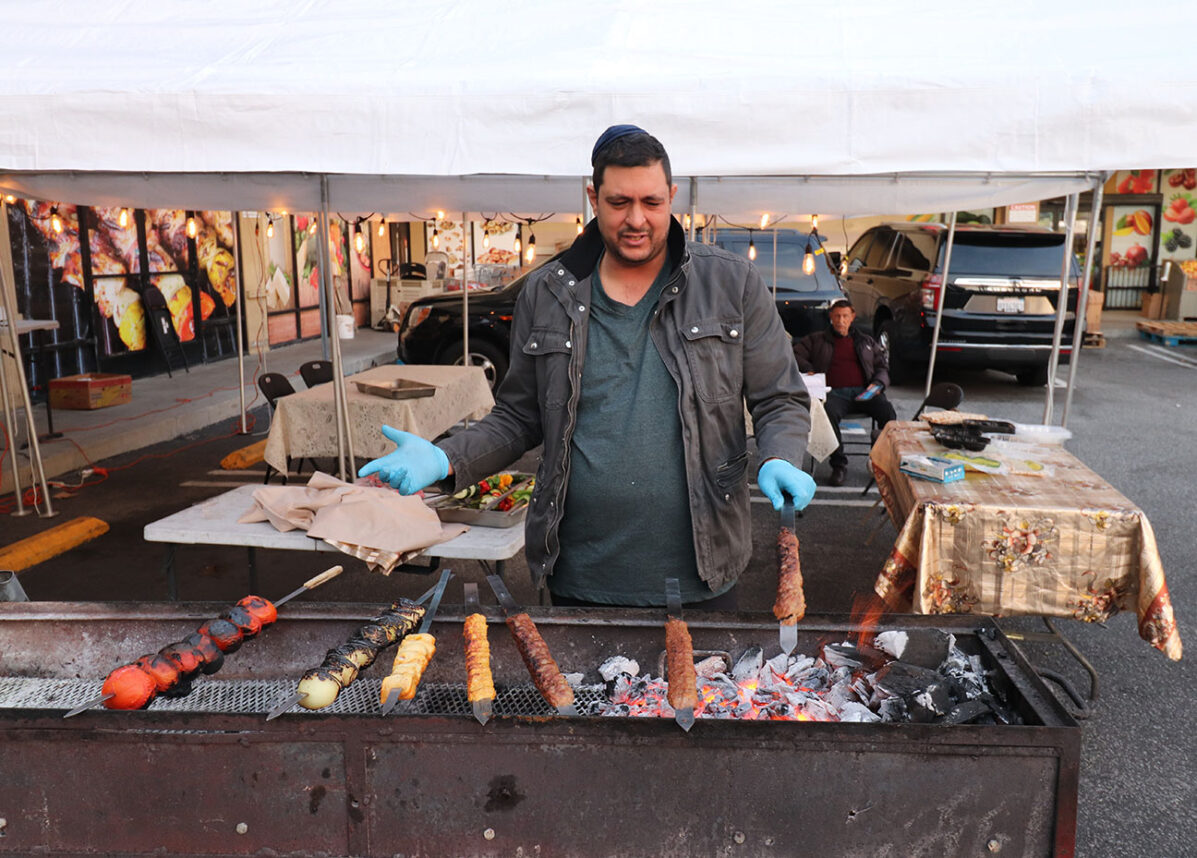Even as life for German Jews grew ever more constrictive in the early 1930s, a Berlin bookseller named Hirsch Lewin started his Semer record label, beginning the audio documentation of a little-known golden age of Jewish music.
That the archive should be lost in the ensuing decades would surprise no one, especially after his store was attacked and 4,500 recordings were destroyed. By some tiny miracle, though, most of the Semer catalog has been collected, and a present-day band — based in Berlin — performs that repertory to great acclaim.
A selection of the Semer songs made for a well-received 2012 concert at the Berlin Jewish Museum, and its success begat a 2015 performance, now available as a CD, “Rescued Treasure” (Piranha). The sounds and genres of the music represented, though varied, punch into a collective trove of memory like a swallow of sweet Manischewitz.
Keeping that musical legacy alive is 61-year-old Alan Bern, an American living in Berlin who heads the Semer Ensemble octet. He’s best known for Brave Old World, the klezmer band he co-founded in the early ’90s after his tenure in Hankus Netsky’s Klezmer Conservatory band. Bern, who plays accordion and piano, has found a renewed sense of mission in his Semer Ensemble and its music.
“I’m bringing back to life a nearly forgotten body of recorded work by Jewish artists in the 1930s,” he said by phone from Berlin. “The instrumental level of the performances on these records is so high that its absence would be like a decade of classical music history had been lost.”
Operating out of the Scheunenviertel, Berlin’s Boyle Heights, Lewin sold all manner of Jewish-themed books at his Hebräische Buchhandlung store on the old Grenadierstrasse. In 1933, it was decreed that German Jews could only perform for Jewish audiences and record for Jewish-owned record companies, and for five years he worked at a fever pitch, recording as many artists as he was able.
“Most of those musicians,” Bern points out, “were trained symphony and chamber music players. They had to do something with their talents. Some of the recordings are of Jewish music, some of international music, like chanson, theater and cabaret. There are even a couple of straight German beer-drinking songs.”
“Rescued Treasure” is made up of a dozen pieces from the Semer catalog, performed somewhere between scrupulous reproduction and modern individual interpretation.
“I try to be faithful to the purity of any music,” Bern stressed, “whether it’s Hungarian Gypsy music or bebop. Then I ask, what part of me can I bring to this? I’m of the post-Coltrane, post-Hendrix generation; when we have material that requires wailing — like ‘Das Kind Liegt in Wigele,’ where a child’s mother dies — we felt we had to really push it.”
A native of Bloomington, Ind., Bern’s parents were of Eastern European stock and Yiddish was spoken at home. “I was raised to be a true-blue American,” Bern said grinning.
At Indiana University, he recalls a culture where cello icon János Starker (1924-2013), a Distinguished Professor of Music, would unwind at post-recital parties by playing klezmer tunes with his friends. “People my age were calling into question the idea of our identity — like, what was Ashkenazi culture before it was dissolved into America?”
The klezmer revival of the ’80s coincided with interest in ethnic and cultural identity. “We discovered,” Bern said, “that our own ancestral sound is the music of our grandfathers. But we didn’t have the entire spectrum of Ashkenazi culture available to us — we only had fragments. It was a fascinating mystery to try and piece that puzzle together; I compare it to archaeology.”
Bern prevailed upon singer, keyboardist and Klezmatics founder Lorin Sklamberg to be a featured performer for the 2015 concert. As sound archivist at New York’s YIVO Institute for Jewish Research, Sklamberg was aware of the Semer recordings.
“I knew Rainer Lotz, who reassembled almost all of the Semer catalog,” Sklamberg said from his New York home. “The music was interesting to me because I realized the huge variety of the material; it was extremely diverse. The performers who made these recordings were quite phenomenal singers and instrumentalists. They weren’t field recordings.”
The recordings remain a source of inspiration for the likes of Bern.
“Berlin in the 1920s and ’30s was a terrible place to be a Jewish musician,” Bern said. “But the music of Semer shows that even as things got worse and worse, there were still good things to be done — and therefore hope.”






















 More news and opinions than at a Shabbat dinner, right in your inbox.
More news and opinions than at a Shabbat dinner, right in your inbox.